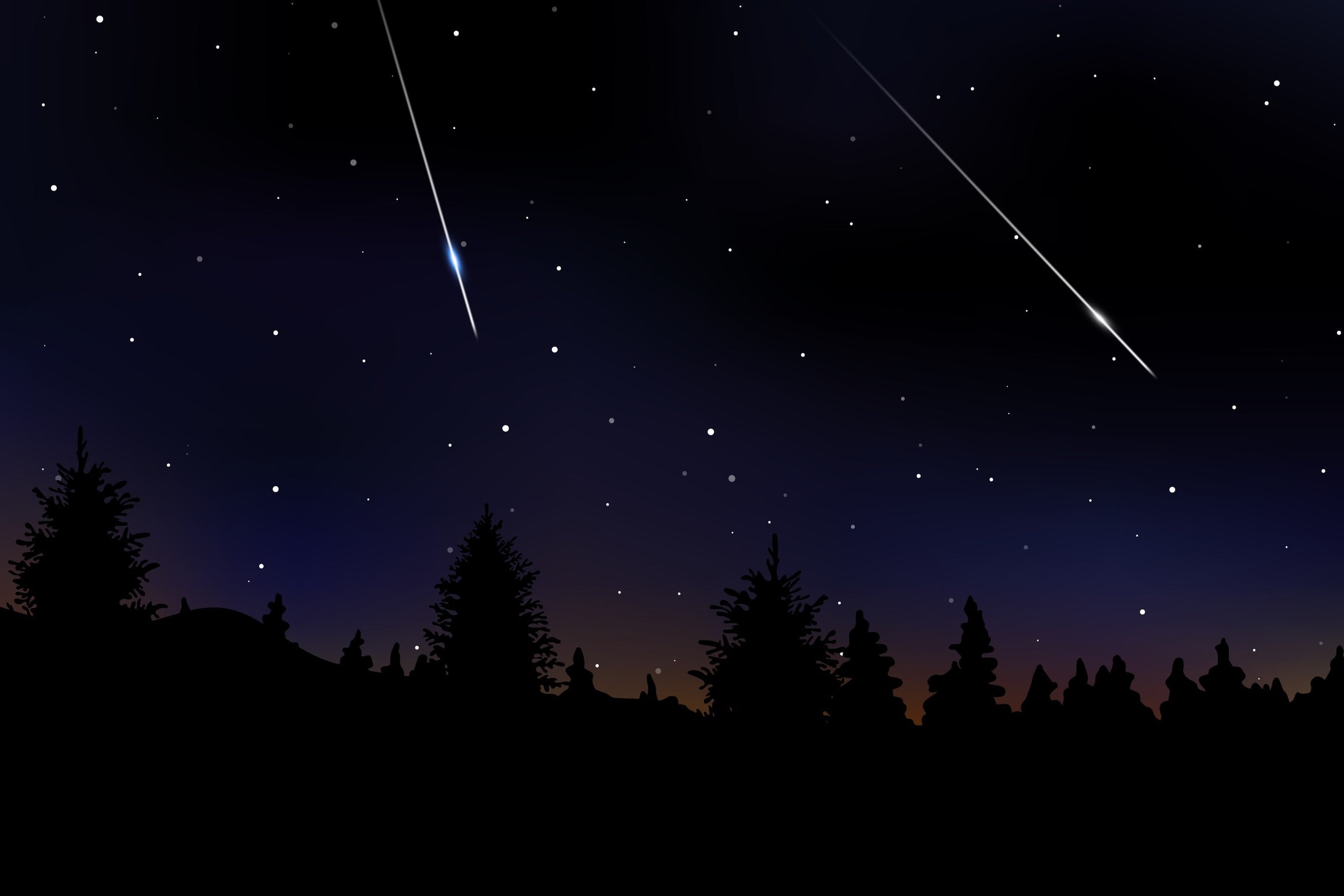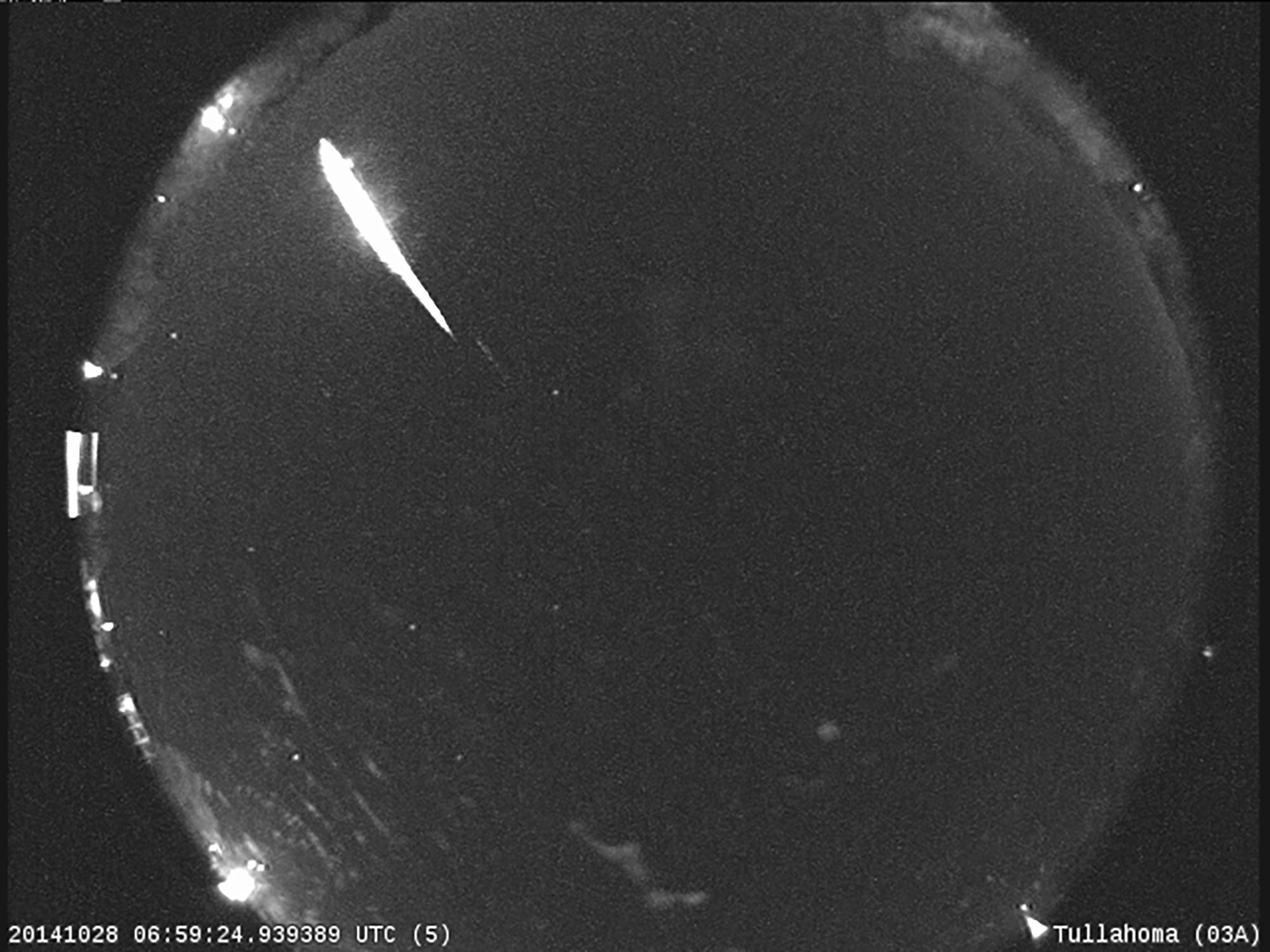‘Election fireball’ meteor shower to peak tonight in first of twin Taurids
Nasa says Taurids will be ‘more active’ than usual, producing unusually bright shooting stars

Your support helps us to tell the story
From reproductive rights to climate change to Big Tech, The Independent is on the ground when the story is developing. Whether it's investigating the financials of Elon Musk's pro-Trump PAC or producing our latest documentary, 'The A Word', which shines a light on the American women fighting for reproductive rights, we know how important it is to parse out the facts from the messaging.
At such a critical moment in US history, we need reporters on the ground. Your donation allows us to keep sending journalists to speak to both sides of the story.
The Independent is trusted by Americans across the entire political spectrum. And unlike many other quality news outlets, we choose not to lock Americans out of our reporting and analysis with paywalls. We believe quality journalism should be available to everyone, paid for by those who can afford it.
Your support makes all the difference.Twin meteor showers will peak just a week apart this month, with the first celestial display taking place on Monday night.
The Southern Taurids will reach their zenith on the night of 4-5 November, while the Northern Taurid meteor shower will peak on 12 November.
Emanating from the Taurus constellation, the best time to see them will be around midnight. This is when they are high enough in the sky that the light from the Moon does not outshine them.
The Southern Taurids will only deliver around five ‘shooting stars’ per hour at their peak, however each one is expected to be unusually intense.
Nasa said that this year’s display will be “more active than usual”, bringing bright fireballs to the night sky.
“The annual Taurid meteor shower is going on right now, and we are seeing steady activity in our meteor cameras,” said Bill Cooke, lead for the Nasa Meteoroid Environments Office.
“Individuals should not be surprised if they see a bright meteor or fireball over the next few nights.”
Sometimes referred to as the “Halloween fireballs” due to them typically occurring from mid-October until mid-November, this year some are calling them “election fireballs” as they peak on the day of the US election.

Astronomers have already captured bright meteors in the skies over the US, with the shooting stars passing overhead three times faster than the International Space Station.
The Southern Taurids display are a result of unusually large pieces of debris from Encke’s comet burning up in Earth’s atmosphere, while the Northern Taurids come from debris from the asteroid 2004 TG10.
“These penetrate deeper into Earth’s atmosphere than many other shower meteors,” Nasa noted in a blog post.
“For example, Orionids typically burn up at altitudes of 58 miles (93 km), whereas Taurids make it down to 42 miles. Some can get even lower... So when you are out at night this month, look up and watch for the occasional fireball – it’ll probably be a Taurid!”
Weather in the UK will not be ideal for the peak of the Taurid meteor shower on Monday night and early Tuesday morning, according to the Met Office’s latest forecast.
Cloud is expected to cover most of the country, but could clear up later in the week to offer a view of the tailend of the celestial spectacle. Skygazers in the US will have a better chance to watch the Taurids, with forecasts predicting clear skies across most central and eastern states.
Join our commenting forum
Join thought-provoking conversations, follow other Independent readers and see their replies
Comments